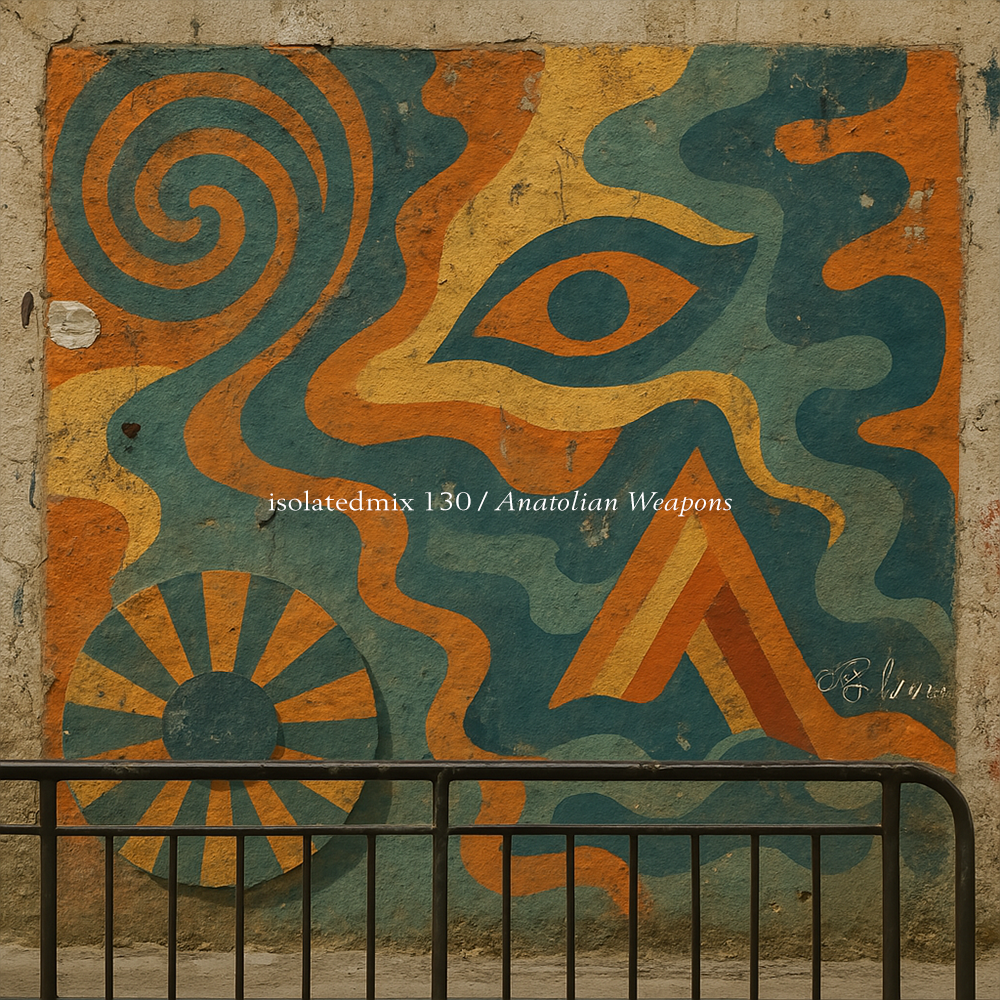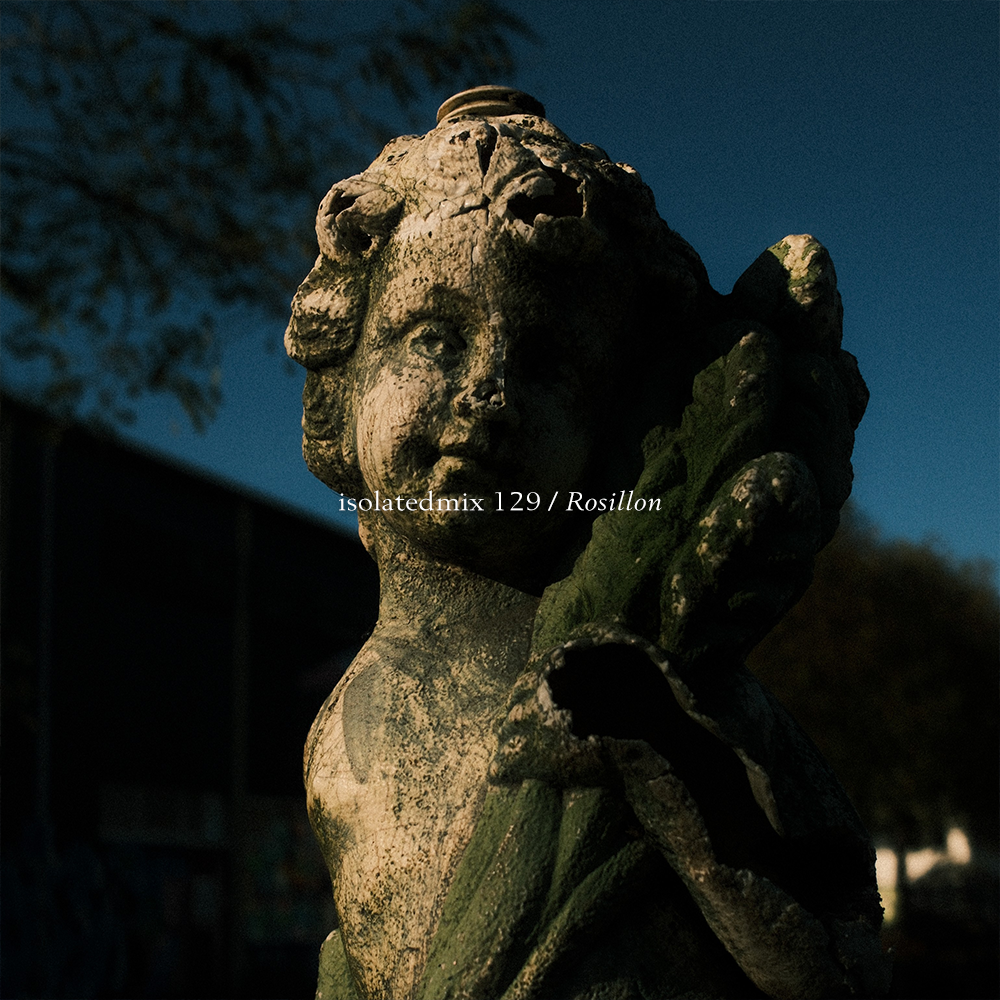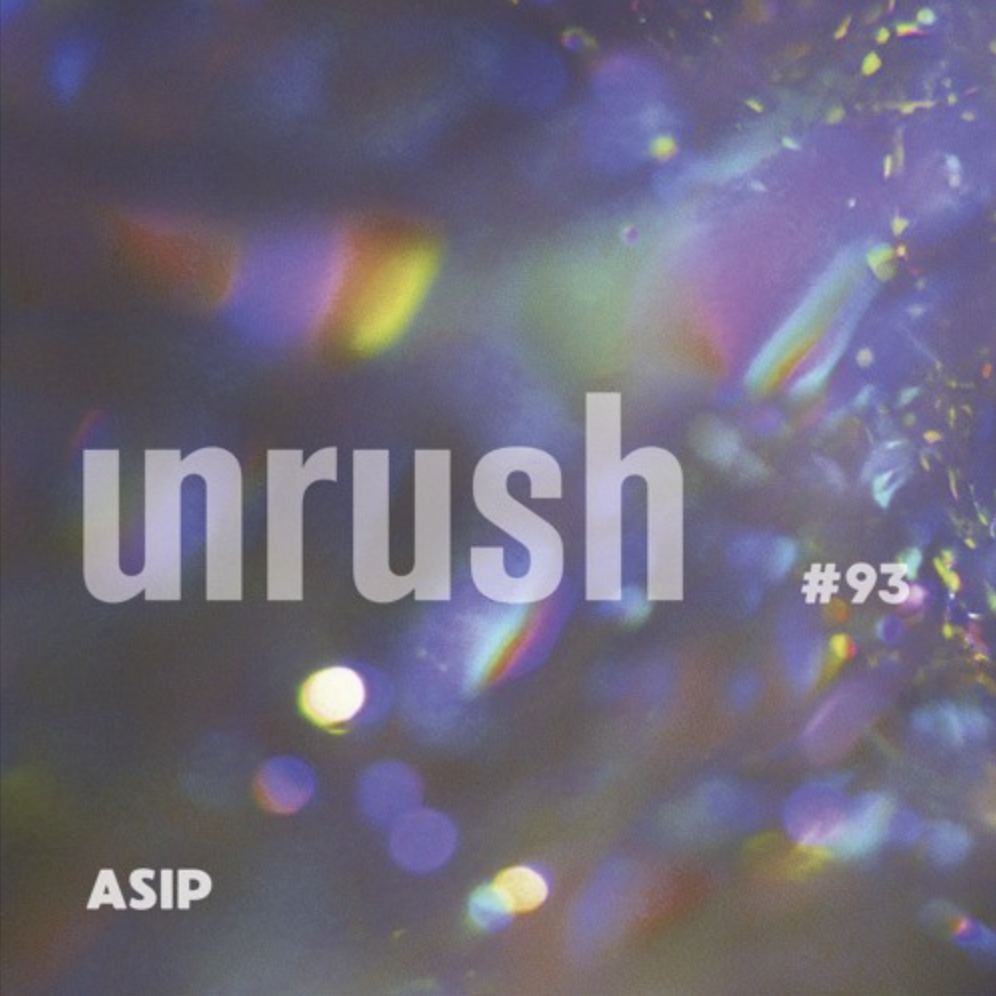"Ambient as interesting as it is interesting"
The term Power Ambient is yes, another attempt at putting a badge or genre to a wide-encompassing range of music stylistically, but it’s one that I have often gravitated towards amongst many others when describing a particular style of music we are dealing with here.
When it comes to a spectrum of Ambient music styles, I’m more often than not on the ‘lean in’ side of things, than the ‘lean back’. It’s easy to throw up Brian Eno’s definition of Ambient music “…as ignorable as it is interesting” to help elaborate on what I mean, as essentially within a Power Ambient context, we are removing the desire to ignore it.
To put it another way, Power Ambient is best suited to those who want to immerse themselves in the music; the wall of sound; big movements; rumbling bass; wide frequencies, and layers of dense drones. These are elements that envelope a space in richness; be it soft and all-encompassing like a heavy blanket, or more on the noise spectrum, making your body rattle and the hairs on your neck stand-up on end. But the common output is that you're better off taking note of what's happening, than sticking it on in the background and making a cup of tea.
It’s not a new descriptive term. A 2014 Fact magazine article captured a few artists that seemed to be prevailing in this style, alongside a mix that Chris SSG loosely described as including Power Ambient (now Chris references his style as Big Room Ambient) and more. recently a Bandcamp list (although not sure all that stuff aligns with my own vision for it). There is no doubt in my mind, however, that a powerful style of Ambient music has exploded in recent years (as has the creativity of Ambient music in general, really). Perhaps this style has been more embraced due to a couple of things.
In dark times comes inherent anger and expression, and it’s pretty grim out there right now. For any music culture, this can often send people into darker production spaces. Secondly, I can feel an emerging undercurrent of rebellion for what ‘Ambient’ can stand for nowadays. With a world of meditative apps and ‘Piano Chill’ playlists continuing to give Ambient music a certain reputation, (at least we have moved on from Spa music, right?), I have a feeling this stereotyping is pushing producers, and even listeners to explore new styles of Ambient music, and opening doors into more expressive forms of music that stand out against an all too frequent beige playlist.
Don't get me wrong, this doesn't mean that Power Ambient is just noise and complexity for the sake of it (it can be) but like all music, there's an art to getting the balance right. For me, Power Ambient can range from relatively quiet, intense soundscapes with a mysterious underpinning, to just short of full-on Merzbow wall-shaking. Call it a version of Noise, Drone, Experimental, whatever, but wrapped in a different guise, it’s still bearable as Ambient music but stops short of becoming too much.
I wanted to highlight just a few of my favorite artists whose broad strokes defined ‘Ambient’ music, has always made me sit up and listen. As with all Portals features, I try to focus on a mix to bring the idea to life and a jump-off/entry point for the artists included. This was harder to mix than a regular DJ set, because of the inherent energy of Power Ambient music. Used consistently in a mix, at some point you're going to get burnt out and it will start to fade into the background just like listening to white noise. In my experience, Ambient tracks with force or energy are best used interspersed in sets to make people lean in and grab their attention, or as part of other styles to continue a certain level of energy (I’ve heard this type of music as an interlude in more heavy beat-driven sets for example). It can also work great as a live show where the listener knows what they are getting into already, of course (earplugs at the ready).
As a 1hr+ mix, I, therefore, had to be considerate of the energy and flow and tried to create a few distinct chapters with peaks and troughs and an easy onramp at the beginning.
I encourage you to use the links below to jump off into each artist’s universe on Bandcamp. Despite it being a relatively well-known list of musicians when it comes to the Ambient enthusiasts, I’ve tried to give a good snapshot of artists that might push into this style within some of their works, especially if any of this music is new to you.
RIP to two influential producers included in this mix, Cesar (Mount Shrine) and one of the greatest noise/experimental artists of our time, Mika Vainio.
Listen on Soundcloud, Mixcloud, Youtube (below), Spotify or the ASIP Podcast.
Tracklist:
01. James Murray - Second Sight (Home Normal)
02. Ameeva - Die Wellen (9128.live)
03. Faru - Mirror of Consciousness (Self released)
04. Sciama - Subsumed (Auxiliary)
05. Joachim Spieth - Akasha (Affin)
06. Abul Mogard - Against a White Cloud (Self released)
07. Leandro Fresco & Rafael Anton Irisarri - Baja dos Singlos (A Strangely Isolated Place)
08. Mount Shrine - Foggy Deck (Cryo Chamber)
09. Araceae - Gleaming Embers (Faint Music)
10. Markus Guentner - Cavus (A Strangely Isolated Place)
11. r beny - vestigial (Self released)
12. Caterina Barbieri - TCCTF (Important Records)
13. Christina Giannone - Realms II (Past Inside The Present)
14. Christina Vantzou - Glissando for Bodies and Machines in Space (Kranky)
15. Pechblende - Shackles of Time (Auxiliary)
16. Tim Hecker - Hatred of Music II (Kranky)
17. Bana Hafar - Intersecting Voids (Self released)
18. FRKTL - Scene I: Terra Nullius (Self released)
19. KMRU & Aho Ssan - Resurgence (Edit) (Subtext Recordings)
20. Mika Vainio - Kytkenta (Connection) (Touch)
21. Rafael Anton Irisarri - Arduous Clarity (Dais)
22. Mika Vainio - Unessa (Sleep) (Touch)
Also….



























